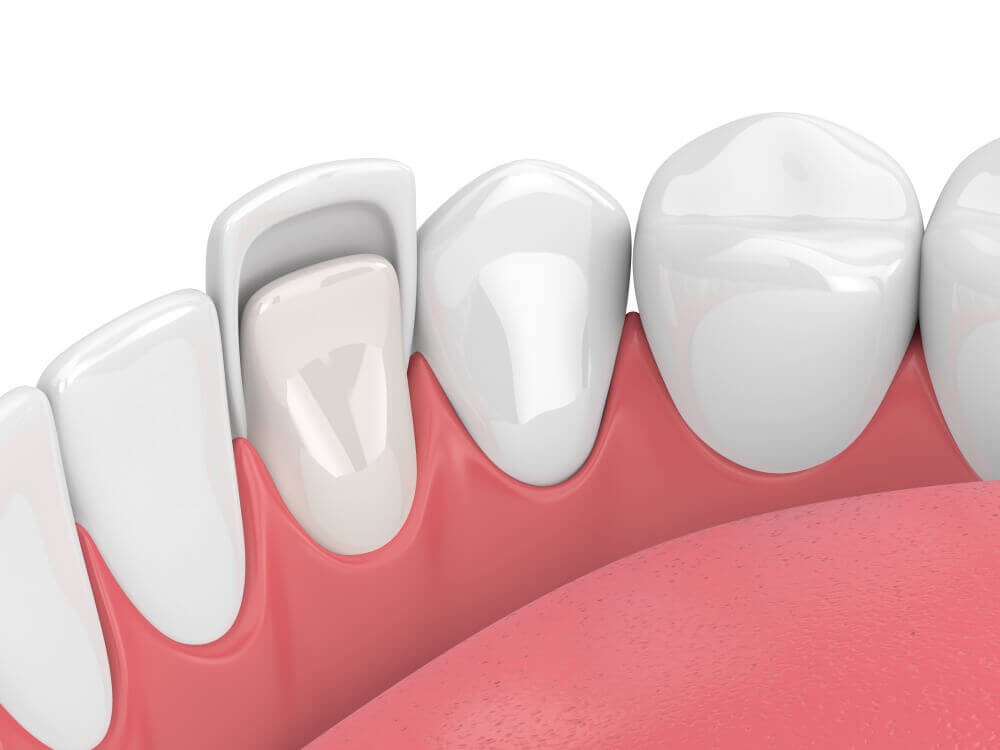
Dental veneers are one of the most sought-after dental appliances that are used for several restorative purposes. They are thin wafer-like porcelain structures that cover the frontal surface of the teeth. They are widely used to treat teeth discoloration, cracks, chipping, excessively spaced teeth, misshapen teeth, etc.
Why should you choose veneers?
What are the uses of veneers?
Treatment
The dental veneer treatment procedure begins with a thorough screening of the mouth to check for issues such as discoloration, wear, cavities, damage, etc. Based on the observation, the dentist concludes whether or not you’re the right candidate for veneers. Next, an x-ray and oral scans will be taken to determine the shape, size, contour and positioning of the tooth that requires the restoration. The data obtained will be sent to a dental laboratory for fabricating the veneer.
Once the dental veneer is obtained, the dentist would place it on the tooth to check for perfect fit and any changes, if required, will be made. The dentist would then prepare the surface of the tooth before bonding it. Dental adhesives will be used for the purpose and a curing light will be used to harden it. The veneer would be polished and the bite will be checked. With proper care and cleaning, the veneer would last for several years.






